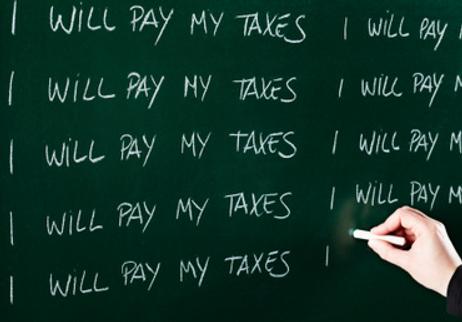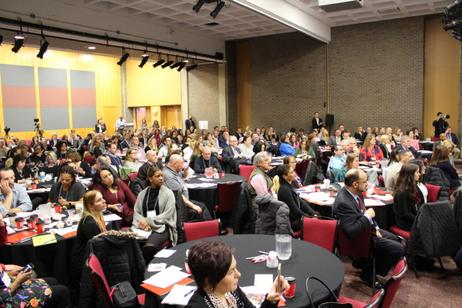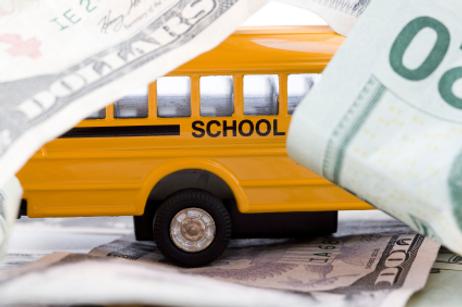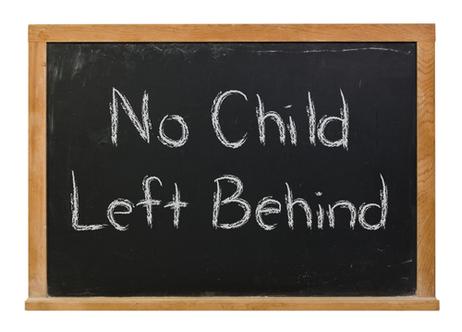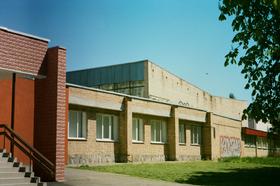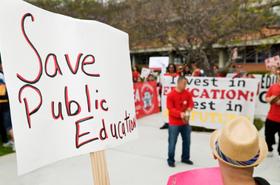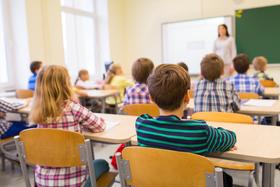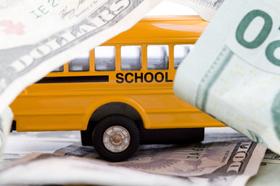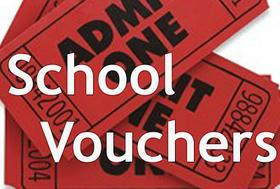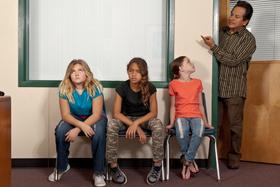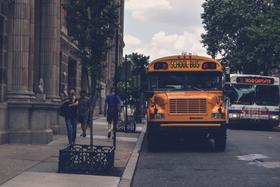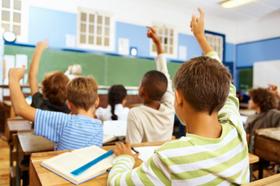Five Indiana schools are facing state takeover this fall, after failing to make the grade for a number of academic years. The takeovers would be the first under a state law enacted in 1999. This action has been proposed to help revamp the under-achieving schools rather than closing them completely – another option allowed by law. The state’s decision is not without its share of controversy, and lawmakers who made the decision may find they are in for more than they bargained for with the school districts.
The Wheels in Motion
According to a report at WBEZ, the Superintendent of Public Instruction for the state of Indiana, Tony Bennett, asked the State Board of Education to take over the troubled schools located in Indianapolis and Gary. Bennett said the decision did not come easy, and it was only made after the schools had been on academic probation for five years and failed to bring their standards up to par with the rest of the district.
“It’s a difficult decision,” Bennett stated when he made the announcement about the takeover of Roosevelt Career Technical Academy in Gary, Indiana. “But I can be very sad and forlorn; you can be very sad and forlorn or we can look at this as how I can begin the conversation. My interest is a new beginning for this school.”
Roosevelt is a high school that currently boasts about 1,600 Indiana high school students. It is the only school in Gary

